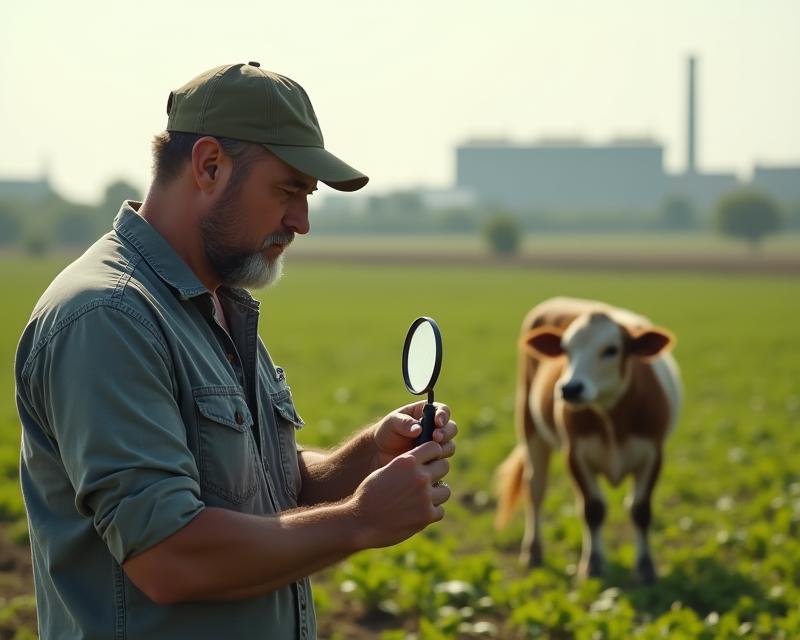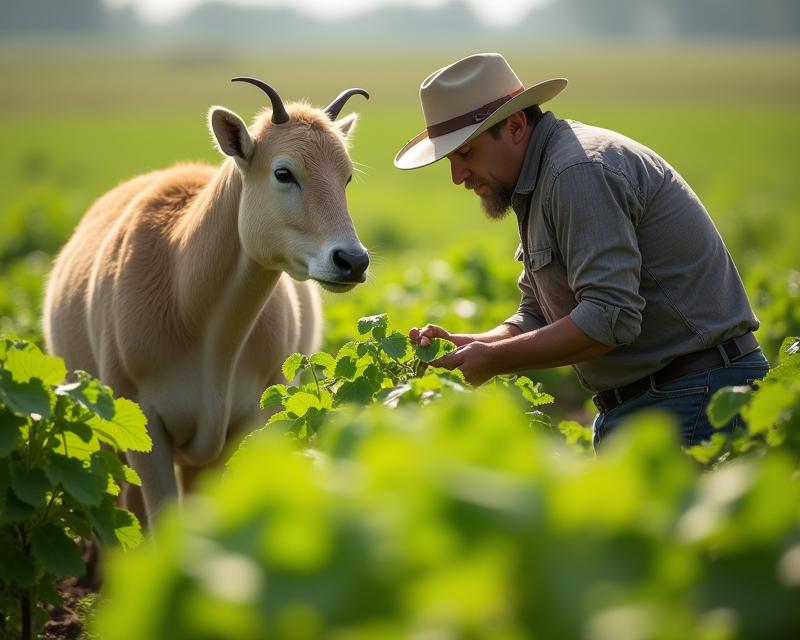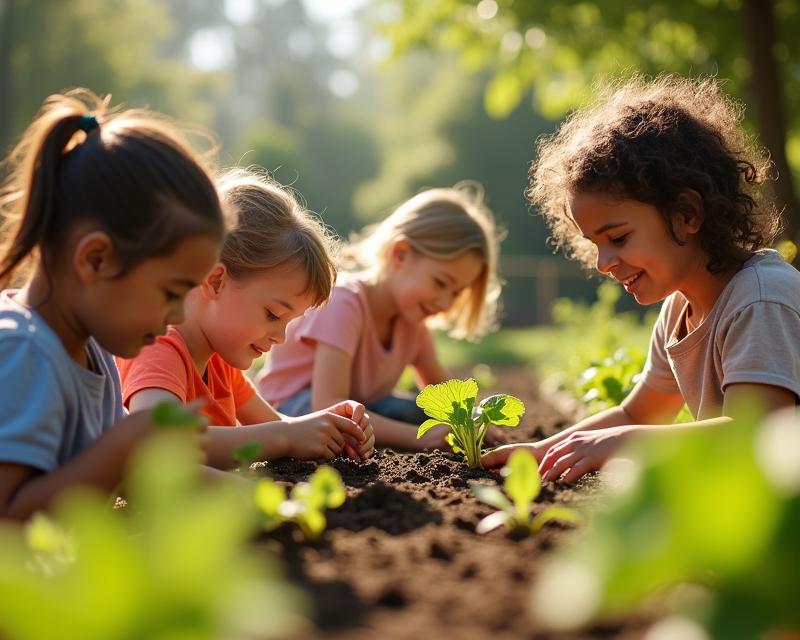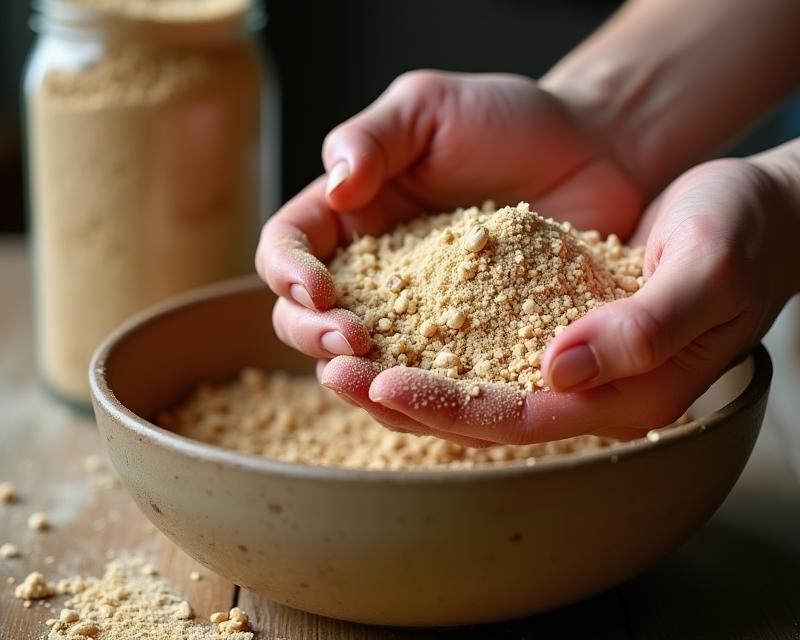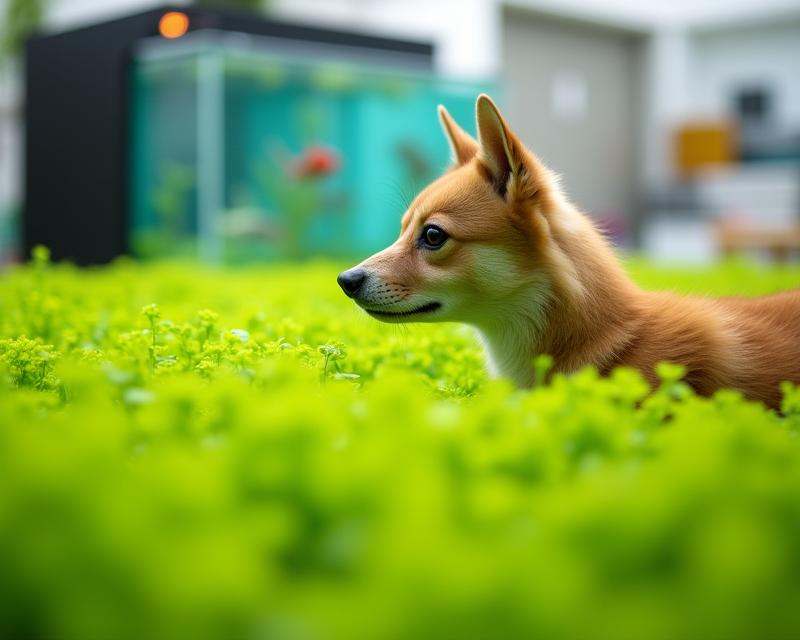Best Crops for Rotational Grazing
Publish in Sustainable Farming el 28/06/2025 22:36
Best Crops for Rotational Grazing
Rotational grazing is a fantastic way to improve soil health, boost biodiversity, and enhance the productivity of your farm. But choosing the right crops to integrate into your grazing system is crucial for success. The ideal crops are those that provide nutritious forage for livestock while also benefiting the soil through nitrogen fixation, weed suppression, and improved soil structure. Let's explore some of the best options!
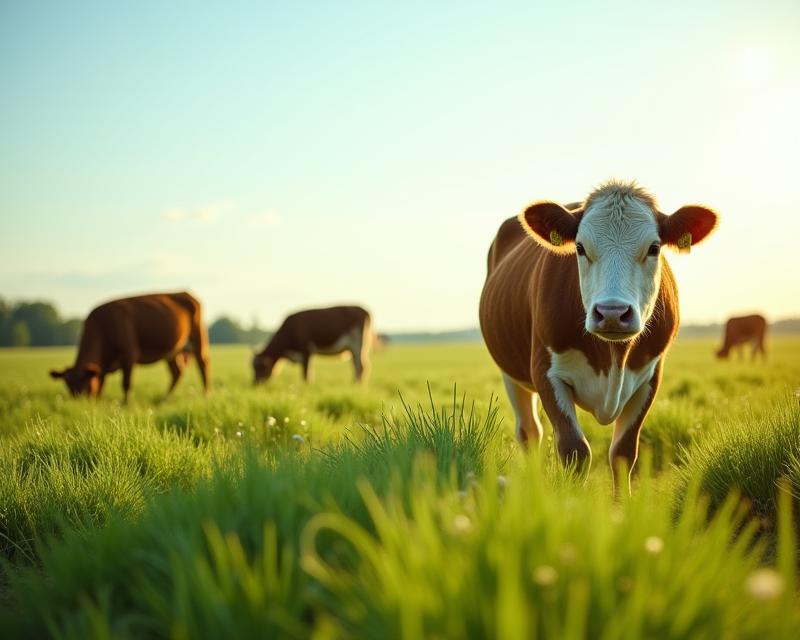
Legumes: Nitrogen Powerhouses
Legumes are champions of rotational grazing systems, primarily because of their ability to fix atmospheric nitrogen in the soil. This reduces the need for synthetic fertilizers, making your farm more sustainable. Common choices include:
- Alfalfa: A perennial legume known for its high nutritional value and deep root system.
- Clovers (Red, White, Crimson): Excellent for quick growth and providing palatable forage.
- Vetch: A winter annual legume that can provide forage even in colder months.
- Hairy Vetch: Great for weed suppression and improving soil health.
Grasses: Forage Staples
Grasses form the foundation of most grazing systems. Selecting the right grasses ensures a consistent supply of forage for your livestock. Consider these options:
- Orchardgrass: A perennial grass known for its drought tolerance and high yield.
- Timothy: A popular choice for its palatable forage and ability to withstand grazing pressure.
- Kentucky Bluegrass: Provides excellent ground cover and is relatively resilient.
- Ryegrass: A fast-growing annual grass, ideal for quick green-up and providing early forage.
Other Beneficial Crops
Beyond legumes and grasses, other crops can contribute to a healthy rotational grazing system. These include:
- Brassicas (Kale, Turnips, Radishes): Provide a nutritious and diverse diet for livestock.
- Cover Crops (Radishes, Rye, Oats): Used to improve soil health, suppress weeds, and prevent erosion during fallow periods.
